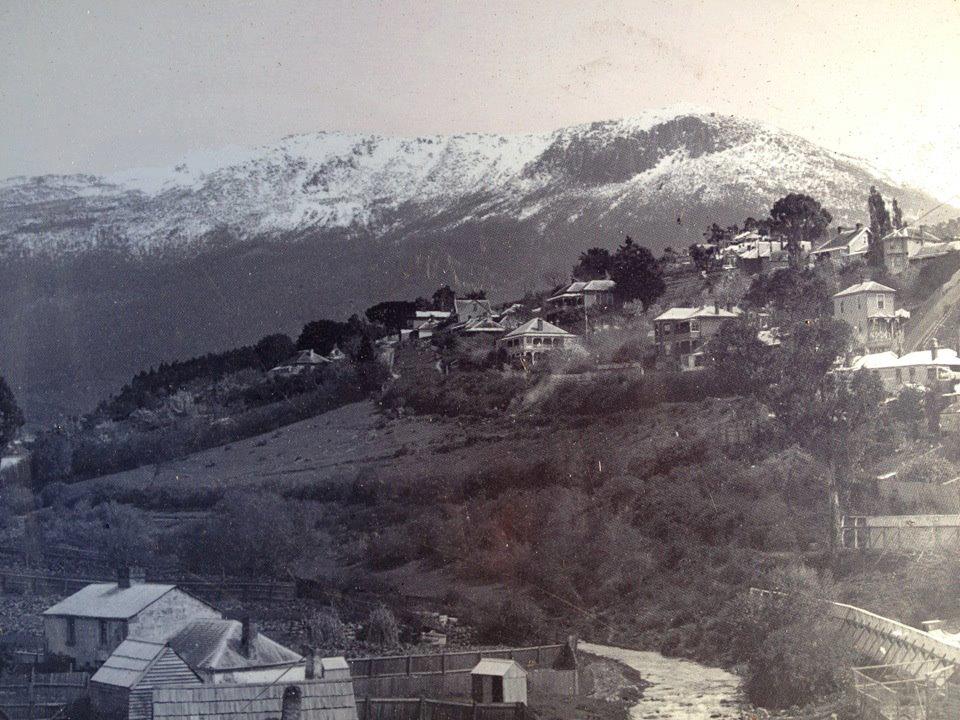POSITIVE CHANGE
Why settle for the status quo?
Our proposal improves the environment, economy and community, as per our team values:
environment
By diverting traffic away from the dead end road to the summit, up to a whopping 1,920 tonnes of carbon emissions can be saved per annum*. We expect up to 60% less pinnacle road traffic.
Saves millions in taxpayer money otherwise needed to bring Pinnacle Road up to modern standards. Our cableway extends the road's lifespan, saving the city waiting 40 years for regrowth to hide a reintroduced scar across the mountain.
When it snows, the cableway will manage to move the bulk of visitors independently of the road, reducing pressure on council workers and saving ratepayers from subsidising tourists.
economy
Raises Hobart's appeal as a destination through the winter months, providing the visitor economy, fellow operators and new ventures a much welcome boost through the traditionally slower months.
MOUNTAIN BIKE MECCA
We're designing a dedicated trail network to remove mountain bikers from walking trails, with the aim to compliment Glenorchy and Maydena Bike Parks and together position Hobart as the most desirable MTB destination in Australia.
PARAGLIDING HEAVEN
Park, Ride, Fly, Repeat. Our proposal includes installing a proper launch ramp facility for club and recreational use, as well as opening up the opportunity for a gliding school and tour operator.
community
NEW COMPLIANT BOARDWALKS
We're designing new, safe, non-slip boardwalks and lookouts with a public shelter open 24/7 throughout the year. - Perfect for stargazers, Aurora and pre-dawn photographers.
FAMILY FUN IN THE SNOW
We'll offer seasonal equipment hire for all ages to enjoy winter play without the churned up roadside mud, with safe and convenient locker hire.
RESPECT THE MOUNTAIN
From its geological, aboriginal, colonial and modern day stories, our proposal offers to showcase the mountain's rich heritage, properly.
TOURISM GROWTH IN TASMANIA
For some time Hobart has experienced feedback from visitors indicating the need for additional city and city/fringe tourism experiences and products. This will be a crucial factor in ensuring the quality of the overall experience and in meet and exceeding visitor expectations.
Tourism “spikes” and growth are directly linked to new experiences. New developments and infrastructure will be required to sustain and continue growth, further stimulate appeal and visitation to our city, and ensure the profitability of the accommodation providers and associated supporting businesses.
To facilitate and address these critical factors Tasmania needs another high quality, significant tourism project with the capacity to cater and sustain substantial visitor numbers and to stimulate and anchor the visitor economy. MWCC’s market-shaping project aligns and complements the Tourism 2030 objectives and will help to achieve the goals in projected growth in visitor numbers and expenditure.
The Mt Wellington Cable Car project will provide an exceptional and accessible visitor attraction, will facilitate and provide all-season access to our mountain and allow Hobart to actively promote reasons to visit Tasmania across the slower winter months. Winter tourism and snow-play experiences alone can create a whole new opportunity for Hobart and a new visitor market in the traditional low season, and the historical visitation recorded on the mountain supports this rare and unique potential in the Australian tourism market.
MORE VISITORS, LESS VEHICLES
With a significant reduction in road traffic up the mountain (59.6% high scenario, 42.4% low), we believe the lifespan of the 80 year old road can be extended and avoid the costly and unsightly widening that would otherwise need to occur without our sustainable transport solution. (It has taken 50 years of regrowth to hide the road scar!)
Less traffic also means up to 700 tonnes* less carbon emissions in the Park, whilst offering a safer road and quieter experience for families of all ages, bird-watchers, bushwalkers and bikers.
* See Traffic Impact for detail and assumptions used in our carbon emission modelling.
















